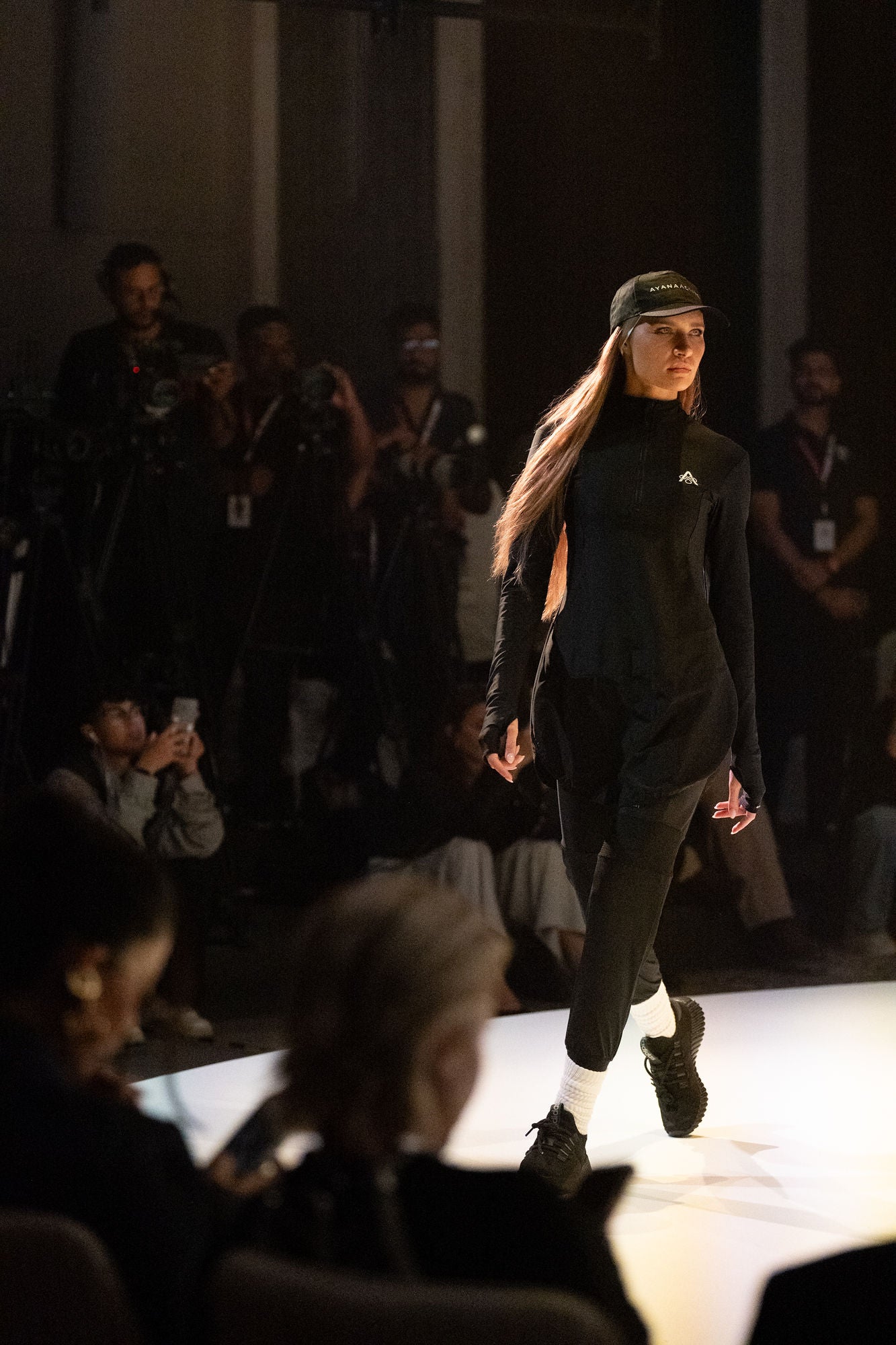Protecting Creativity in the Fashion Industry
The fashion industry thrives on creativity and innovation, yet it faces significant challenges in protecting intellectual property (IP). Fast fashion brands often replicate designs from independent designers, raising concerns about IP rights and the mechanisms available to safeguard original creations.
Copyright law offers limited protection for fashion designs. While original sketches and certain fabric patterns can be copyrighted, the overall design of garments often falls outside copyright protection due to their functional nature. This gap allows for easier replication of clothing designs without legal repercussions.
Fast fashion companies have been criticized for copying designs from smaller, independent brands. For instance, Shein has faced multiple allegations of reproducing designs from designers without permission, leading to disputes over originality and compensation. Similarly, Zara settled a lawsuit in 2020 with luxury label Amiri after being accused of copying a specific jeans design. Such practices can undermine the creative efforts of original designers and raise ethical and legal questions.

Trademarks like names, logos and distinctive symbols can protect brands. In the fashion industry, they help distinguish products and prevent consumer confusion. For example, Adidas has actively protected its three-stripe logo, pursuing legal action against brands with similar designs. Registering trademarks is essential for brands to establish their identity and become easily recognizable to consumers.
Navigating IP protection in fashion requires understanding the nuances of trademarks, copyrights and patents. While these legal tools offer avenues for safeguarding designs, gaps remain, particularly concerning the replication practices of fast fashion brands. Independent designers must proactively seek appropriate protections and stay informed about their rights to defend their creative work effectively.
Consumers play a crucial role in supporting original designers by making informed purchasing decisions. To avoid buying duplicate or copied designs, shoppers can research brands to ensure they prioritize ethical sourcing and originality. Supporting independent designers, checking for authenticity through official brand websites and being wary of unusually cheap alternatives can help reduce demand for copied fashion.
Stay tuned for more exciting updates from Ayana Active and check our website to see the Pep-Talk line!! Follow us on Instagram @ayanaactive.



